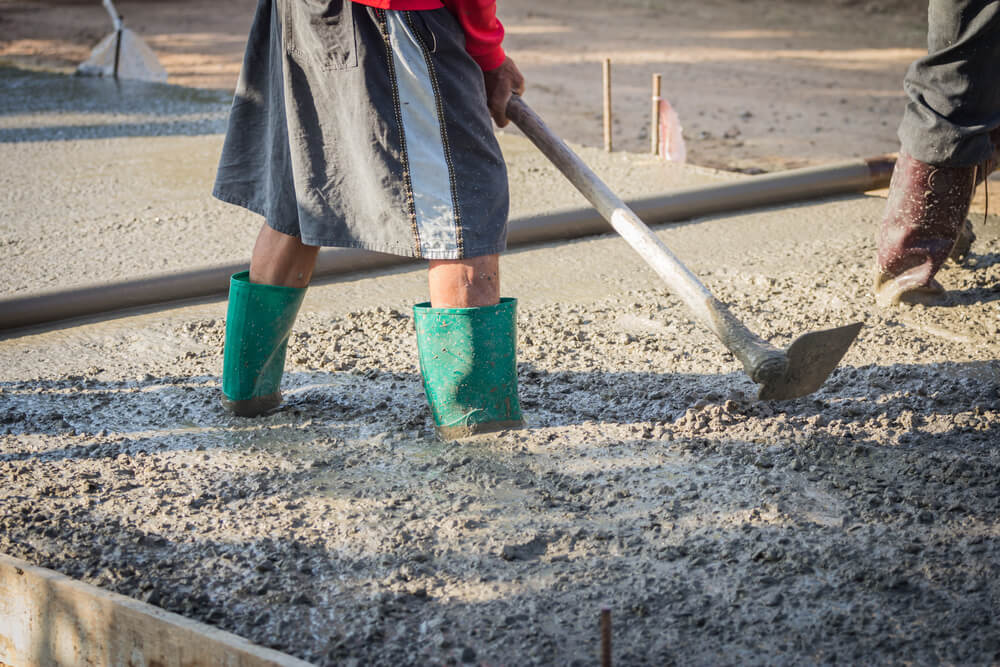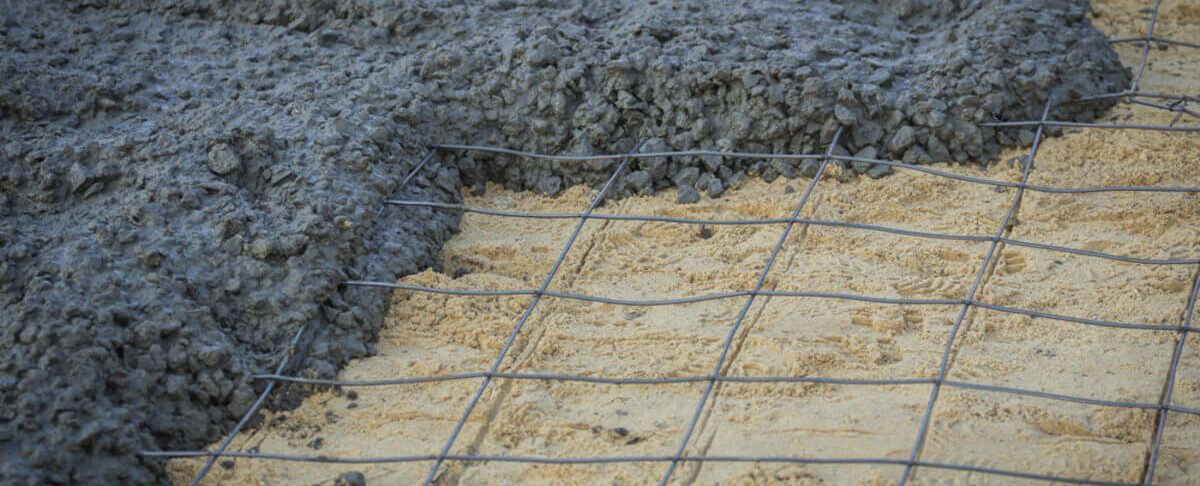A strong and durable concrete structure starts with the right mix. However, one of the most common mistakes in concrete work is adding too much water. While it may seem like extra water makes the mixture easier to work with, it can seriously weaken the final result. If the concrete is too wet, it may not set properly, leaving you with a brittle, compromised surface that can crack or deteriorate over time. Fortunately, there are ways to correct the problem before it’s too late.
How to Identify If Your Concrete Is Too Wet
Before addressing the issue, it’s important to determine whether your concrete mix contains excess water. Here are some common signs:
- Excessive slump: The concrete spreads too easily and doesn’t hold its shape.
- Water pooling on the surface: Excessive water rises to the top after mixing.
- Weak or crumbly texture: Once dried, overly wet concrete tends to break apart easily.
- Longer drying times: Extra moisture slows the curing process.
Fixing Concrete That Is Too Wet Before It Sets
If you catch the problem early, there are ways to adjust the mix and prevent long-term issues. Here’s what you can do:
Add More Dry Material
To balance excess water, increase the amount of cement, sand, or gravel in the mix. Gradually incorporate dry material until the consistency improves.
Use a Water Reducer
Commercial water reducers improve workability without weakening the mix. These additives help maintain consistency while reducing excess moisture.
Adjust Mixing Time
Extended mixing may help some of the extra moisture evaporate. However, avoid overworking the mix, as this can create additional weaknesses.
What to Do If the Concrete is Already Poured
Sometimes, you don’t realize the mix was too wet until after it has been poured. If this happens, consider these solutions:
Use a Surface Hardener
Surface hardeners strengthen the top layer of the concrete. While this won’t fix deep structural weaknesses, it can add durability and prevent crumbling.
Apply a Dry Cement Layer
Sprinkle a thin layer of dry cement over the wet surface to absorb excess moisture. Work it gently with a trowel.
Increase Curing Time
Concrete with too much water takes longer to cure. Protect the area from heavy foot traffic and allow extra time for drying.
Monitor and Seal Cracks
If the concrete dries but cracks appear, use a concrete sealant or patching compound to prevent further damage.
Preventing the Problem in Future Mixes
To avoid dealing with overly wet concrete again, follow these best practices:
- Measure water precisely: Follow the recommended water-to-cement ratio.
- Test the slump: Before pouring, check if the mix holds its shape.
- Work in batches: When mixing manually, add water gradually instead of all at once.
Final Thoughts

Concrete that is too wet can weaken your project, but it doesn’t always mean disaster. By identifying the problem early and taking corrective action, you can improve the strength and longevity of the final product. Whether you adjust the mix before pouring or strengthen the surface after, a little attention to detail goes a long way in ensuring durable and long-lasting concrete structures. Contact Richfield Concrete today.




